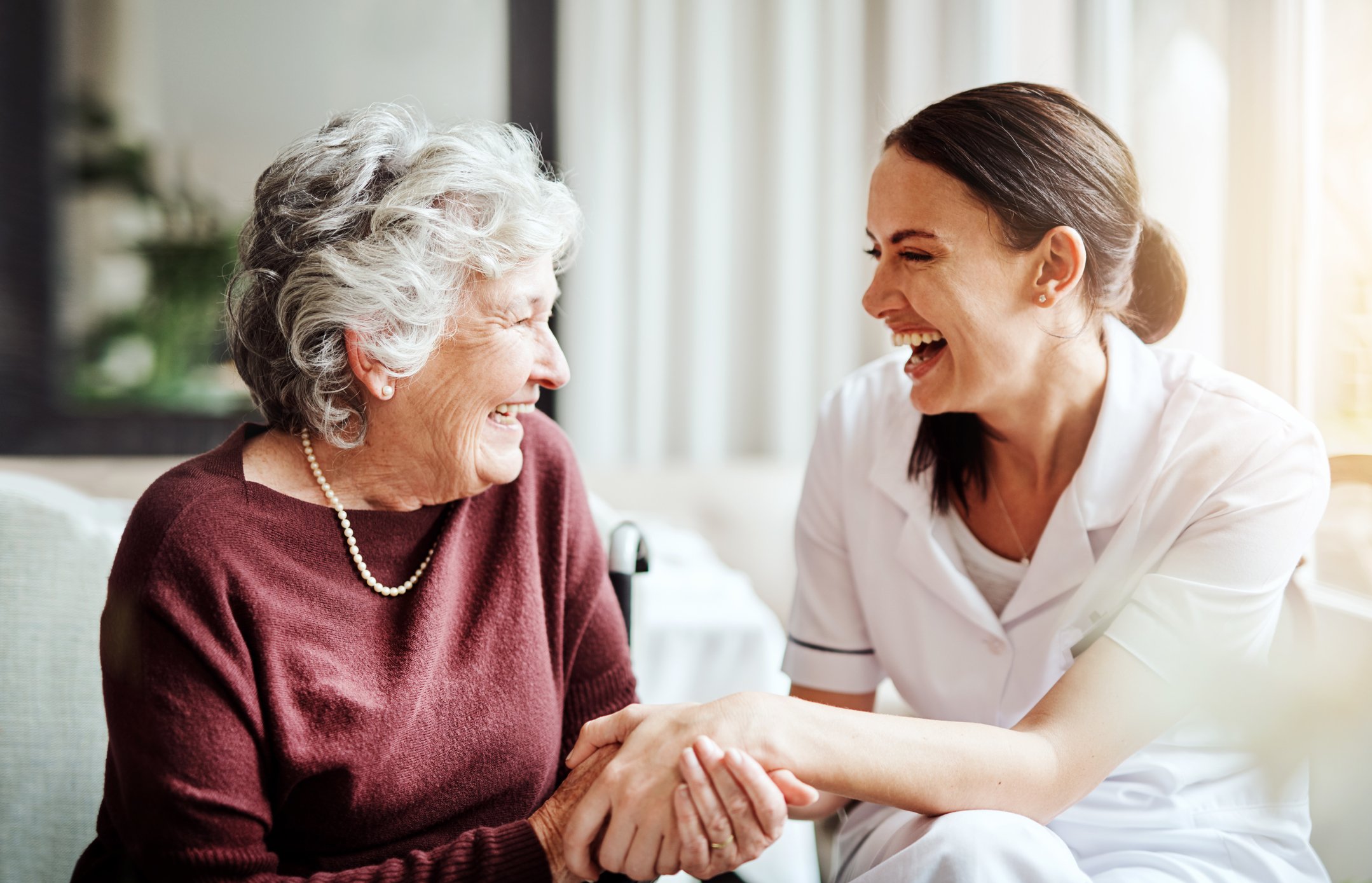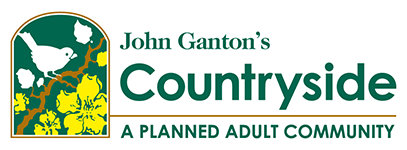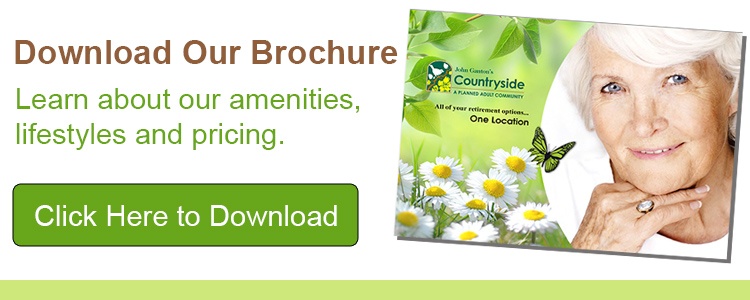
The COVID-19 pandemic has been a difficult time for everyone, worldwide, but for seniors, it was especially scary. From the media coverage of early outbreaks in senior living settings to ongoing restrictions and lockdowns, seniors in senior communities were singled out for attention due to their vulnerable status in the greater population.
Now, over a year since the pandemic began, a new study has been published that shows how much COVID-19 affected senior living communities and explains why healthy seniors fared the best.
Latest research findings
In early June, the study Final Report titled, “The Impact of COVID-19 on Seniors Housing,” was released by researchers at the non-partisan research group NORC at the University of Chicago that sheds new light on how senior living communities fought back when COVID hit. Funded by the National Investment Center for Seniors Housing & Care, researchers examined senior populations in 113 counties across five U.S. states (Colorado, Connecticut, Florida, Georgia, and Pennsylvania) in different types of senior communities and in the counties where they are located. The results show that no covid deaths occurred in:
- 51% of senior housing properties.
- 67% of independent living communities.
- 64% of assisted living communities.
- 61% of memory care communities.
- 39% of skilled nursing facilities.
What these statistics also show is the very clear connection between the overall health of seniors and the risk of death from COVID-19, with the healthiest seniors, those in independent living, being the least impacted and the unhealthiest, those in skilled nursing, being the hardest hit.
This is further borne out by information from the Centers for Disease Control and Prevention that shows most people who died of COVID-19 had pre-existing medical conditions, with just 6% listing COVID-19 as the sole cause of death.
Also notable is what researchers found relative to seniors in independent living communities compared to those in the same counties but not residing in senior living communities. According to the report, “Resident deaths in independent living settings were statistically comparable to the rates of death for older adults living in non-congregate settings in the same geographic area. Independent living had average adjusted mortality rates of 5.9 per 1,000 compared to 6.7 per 1,000 found for adults 75 and older living in the same counties.”
Simply put, seniors in independent living were found to be safer than seniors in the same county living outside of a senior community.
Senior living and safety
When COVID-19 hit, it hit everyone the same from businesses to healthcare facilities to senior living communities. No one saw it coming and most were not prepared for the virus, or for the many repercussions it caused. Today, however, with hard lessons learned, senior living is in a state of readiness for another health crisis, should one occur. Compared to a year ago, here’s what senior living communities now have in their arsenal:
Highly evolved and effective safety protocols developed by top health experts and covering the following and much more.
- Disinfection procedures.
- Personal hygiene practices like handwashing, etc.
- Personal protective equipment including correct use and disposal.
- Social distancing.
- Isolation and quarantine policies and procedures.
- Policies for staff leave and excused absences when ill.
- Ventilation changes when possible.
- Changes to interior spaces to encourage social distancing when possible.
- Rules for staff to work while remaining safe.
- Visitation policies.
Improved access to PPE supplies including how to optimize PPE supplies during a shortage, how to calculate how much PPE they need to have on hand, and how to know where to get certified PPE and avoid scams like those perpetrated in the early days of the pandemic.
Refined staff routines and training that incorporate the protocols, screening and other daily practices to provide the greatest possible protection for residents and staff from ongoing health threats like COVID-19. Now that they know what can happen, senior communities are working hard to maintain and even improve on safety inside and around their communities.
What’s really important to understand about how well most senior communities performed under the extreme conditions of COVID-19 is that they responded as quickly and effectively as possible given the situation, to make their communities safe havens, rather than COVID hotspots. Working with local, state and national health agencies senior living staff were able to quickly get updated information as it became available and put it to use for their residents. And while some protocols like lockdowns and isolation may have seemed harsh at the time, we now know these measures saved countless lives.
At Ganton’s Countryside, we are thrilled to see the end of COVID-19 in sight, but rest assured, we stand ready to protect our residents from any and all threats to their health and wellbeing. For more information about Countryside, please call Margaret Nagel at (517) 206-5000 or download our brochure to learn about our care levels, cost, and amenities.

